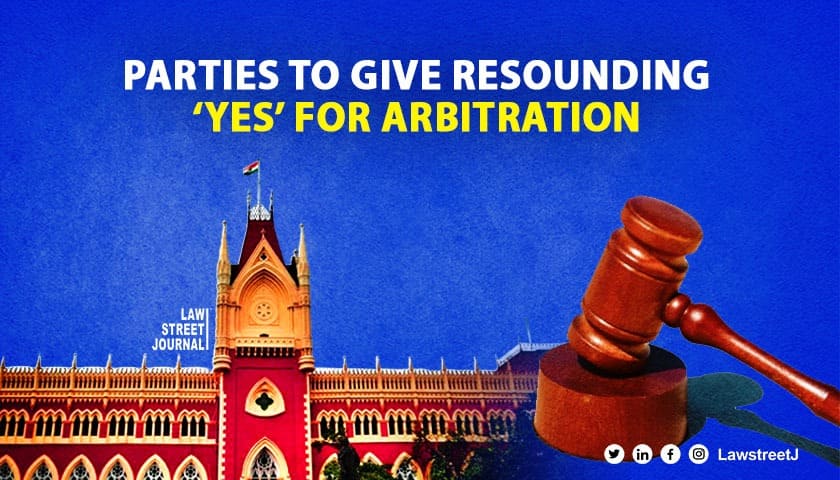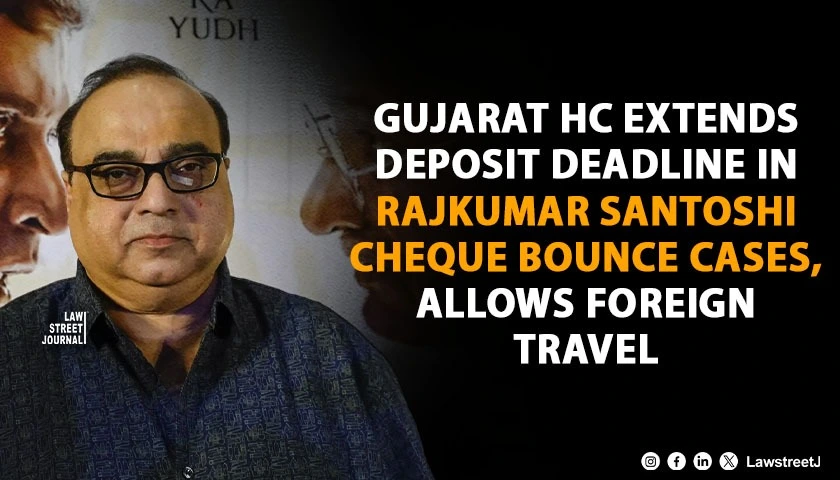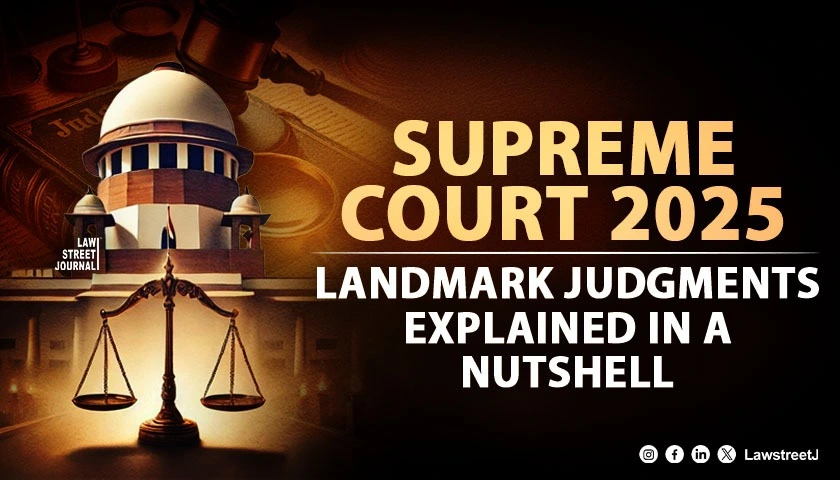Cuttack: In arbitration, there cant be any confusion, parties must be certain and give a resounding green signal. This is what the Calcutta High Court ruled recently.
In essence, there cannot be any ifs and buts or an undecided mumble; the parties must give a resounding Yes to arbitration. For a movement analogy; the arbitration agreement is not about a hesitant 1 step ahead 2 steps backward / back-tracking but a confident 1way stride forward to arbitration, Justice Moushumi Bhattacharya clarified.
The Court was considering a plea that sought the appointment of an arbitrator under Section 11 of The Arbitration and Conciliation Act, 1996. The dispute occurred after the respondent, Eastern Coalfields Limited (ECL), filed an e-tender notice for a project. The petitioner claimed that Clause 13 of the e-tender notice's General Terms and Conditions served as the arbitration clause.
The counsel for the petitioner submitted that the disputes had arisen between the parties pursuant to the petitioner being engaged as the contractor for the work described in the e-tender notice. The dispute allegedly revolves around the parties disagreeing to changes made to the price component of the contract.
The counsel appearing for the respondent argued on the point of maintainability of the present application on the ground that there is no arbitration agreement between the parties.
The point for consideration, according to the court was, whether the part of the clause containing the word may can be construed to be an arbitration agreement as contemplated under section 7 of the 1996 Act.
Section 7 underscored the unequivocal intent of the parties to go to arbitration by giving shape and form to the arbitration agreement and exit options to the parties under sub-sections (4) and (5) of section 7, the court highlighted.
Presence of the word may in the arbitration clause in the matter at hand is required to be tested against mindset of the parties to the agreement. Parties consenting to arbitration including to the mode and mechanism of the procedure forms the mainstay of the 1996 Act.
The Court referred to Supreme Court judgement in Jagdish Chander vs. Ramesh Chander to understand the intention of parties to arbitrate. The will to arbitrate must clearly be articulated in the arbitration clause. There is no room for any doubt or second-guessing. Parties must be clear in their minds that they wish to subject themselves to arbitration as the chosen mechanism of dispute resolution and ensure that the intention is expressed in writing in the form of the arbitration agreement.
Further, them court said that clarity of intention should be spelt out in clear-cut words.
The clarity of intention should hence be expressed through clear-cut words. Therefore, words such as the parties wish .., or the parties will consider .., or the parties will thereafter decide . and the parties may .. will be counter-productive to the unequivocality of the intention to arbitrate. The above instances are not exhaustive and may include other words which VERDICTUM.IN 6 give a sense of indecision, lack of purpose, prevarification or even saving the option for arbitration to a later date or as a last resort.
The Court also noted previous cases, such as Food Corporation of India v. National Collateral Management Services Limited and Mahanadi Coalfields Ltd. v. IVRCL AMR Joint Venture, where the presence of similar terms like "may" led to the conclusion that there was no clear intention to enter into an arbitration agreement. The Court dismissed the petitioner's application on the grounds of maintainability, stating that Clause 13 does not constitute or contain a valid arbitration agreement. The Court emphasized the need for clarity in dispute resolution clauses and urged parties to be cautious about vague or uncertain terms in such agreements.









![Calcutta High Court judge directs Supreme Court's Secy Gen to produce transcripts of his interview [Read Order]](/secure/uploads/2023/04/lj_1579_7e4dbb08-78fb-4ca1-9c70-c7173a6c80a9.jpg)
![Calcutta High Court to Examine Plea for Free and Fair Panchayat Polls in West Bengal [Read Petition]](/secure/uploads/2023/06/lj_4382_3e5171bc-a688-49d1-831d-1bbe4f327d07.jpg)






